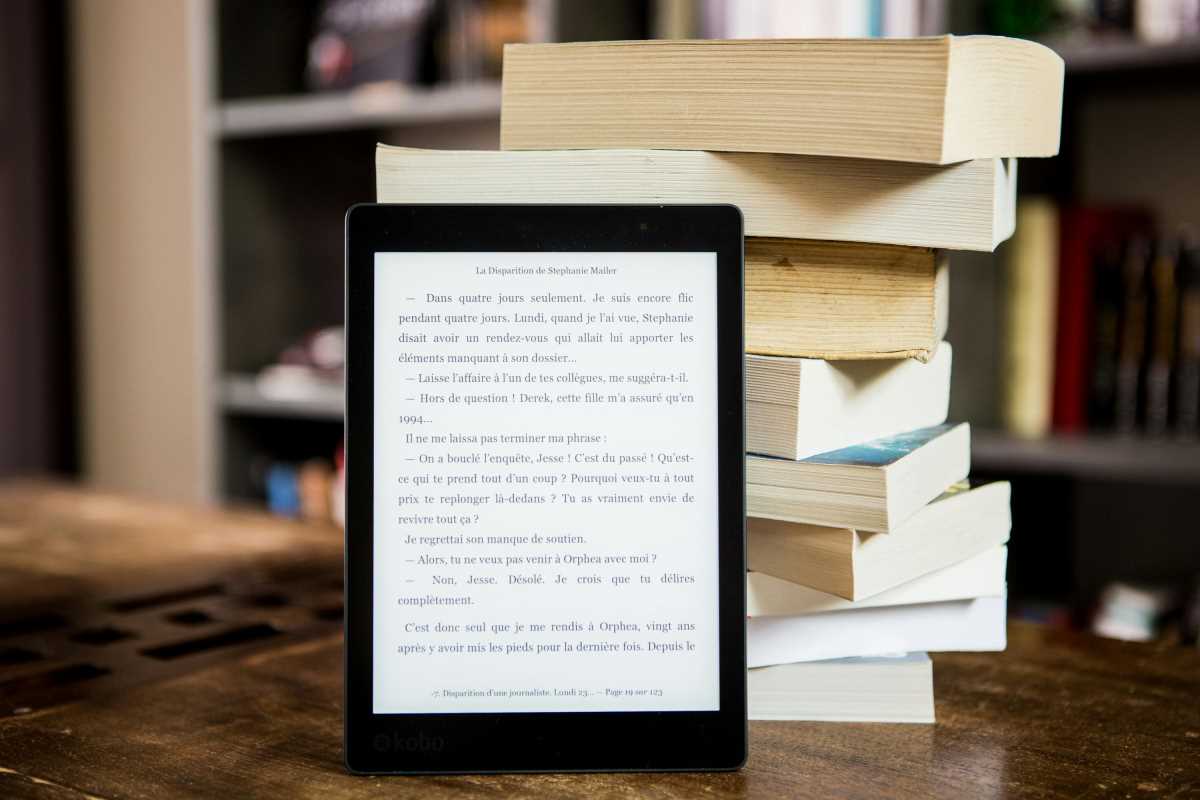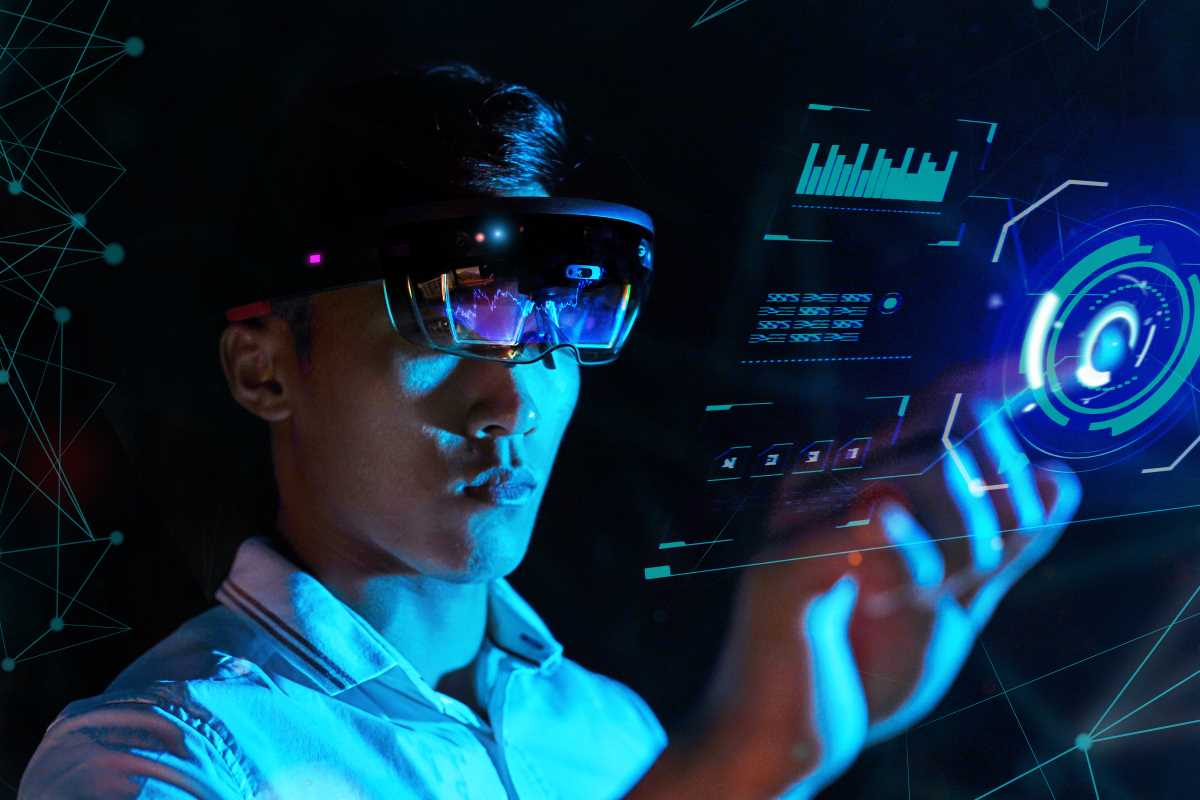How we engage with literature has undergone a profound transformation in recent years, driven by rapid technological advancements. From traditional print books to digital formats, the literary landscape has expanded to accommodate diverse platforms and devices, reshaping how we read, write, and share stories. With tools like e-readers, audiobooks, and AI-driven apps, technology has made literature more accessible and personalized. At the same time, new formats like augmented reality (AR) and virtual reality (VR) are creating immersive storytelling experiences. This evolution is redefining the relationship between readers and the written word, offering endless opportunities for innovation.
The Rise of E-Readers and Digital Books
E-readers, such as the Kindle and Kobo, have revolutionized how we access and consume books. These devices allow readers to carry entire libraries in their pockets, offering convenience and portability previously unimaginable. With adjustable font sizes, built-in dictionaries, and backlit screens, e-readers cater to diverse reader preferences and needs.
Moreover, digital books are often more affordable than print, thanks to reduced production and distribution costs. This accessibility has opened doors for many people who may not have otherwise been able to afford or store a large collection of physical books. Platforms like Project Gutenberg provide free access to thousands of public-domain texts, democratizing literature on a global scale.
Audiobooks: A New Frontier in Storytelling
Audiobooks represent another significant shift in the way we consume literature. Services like Audible, Libro.fm, and Google Play Books have made listening to books an increasingly popular alternative to traditional reading. Audiobooks cater to busy lifestyles, allowing readers to enjoy stories while commuting, exercising, or completing household chores.
Beyond convenience, audiobooks also enhance accessibility. For individuals with visual impairments or learning disabilities, such as dyslexia, audiobooks provide an inclusive way to experience literature. Advances in narration, including celebrity voiceovers and immersive sound effects, have elevated audiobooks into a dynamic storytelling medium, blending traditional literature with theatrical performance.
Personalized Reading Experiences with AI
Artificial intelligence (AI) has revolutionized how readers discover and interact with books. Platforms like Goodreads, Scribd, and BookBub use AI-driven algorithms to recommend books based on readers’ past preferences, creating highly personalized literary experiences. These recommendations help readers navigate the overwhelming number of options in the digital marketplace, introducing them to authors and genres they might not have otherwise explored.
AI is also being used to develop tools that enhance reading comprehension and engagement. Apps like Blinkist and Headway provide concise summaries of non-fiction books, enabling readers to grasp key concepts quickly. Similarly, language-learning apps such as Duolingo Stories integrate reading exercises with interactive questions, making literature a powerful tool for education and skill development.
Interactive and Immersive Storytelling
Technology has also given rise to interactive and immersive forms of storytelling. Platforms like Wattpad and Radish allow authors to publish serialized stories, encouraging reader feedback and participation in the creative process. This collaborative approach fosters a sense of community and transforms reading into a two-way dialogue.
Virtual reality (VR) and augmented reality (AR) further push the boundaries of literary engagement. Imagine stepping into a 3D recreation of a novel’s setting or interacting with characters in real time. These technologies blur the line between literature and gaming, offering readers a multisensory experience that traditional books cannot replicate.
The Role of Social Media in Literary Culture
Social media platforms have also become a significant force in reshaping literary culture. Book-centric communities on Instagram (#Bookstagram), TikTok (#BookTok), and Twitter have transformed how readers discover and share books. Viral trends and user-generated content have catapulted many titles to bestseller status, often bypassing traditional marketing channels.
These platforms have also provided a space for marginalized voices to shine. Independent authors and small publishers can leverage social media to reach global audiences, breaking down barriers in the traditionally gate-kept publishing industry.
Challenges and Concerns
While technology has brought many benefits to literature, it has also introduced challenges. The rise of digital formats has led to concerns about the decline of physical bookstores and libraries. Many worry that the tactile experience of holding a book and the serendipity of browsing shelves are being lost in the digital age.
The convenience of digital reading comes with potential drawbacks, such as screen fatigue and reduced attention spans. Critics argue that abundant easily accessible content may lead to a more superficial engagement with literature, as readers skim rather than immerse themselves in texts.
Copyright and piracy are also significant concerns in the digital era. Authors and publishers face challenges in protecting their work from unauthorized distribution, which can undermine their livelihoods and the broader literary ecosystem.
The Future of Literature in a Tech-Driven World
Despite these challenges, integrating technology into the literary world shows no signs of slowing down. Emerging trends, such as AI-generated writing and blockchain-based publishing, hint at a future where literature becomes even more dynamic and decentralized. These innovations have the potential to empower authors, diversify storytelling, and reach audiences in unprecedented ways.
As technology continues to evolve, it is essential to balance embracing innovation and preserving the core elements of literature that have endured for centuries. The magic of storytelling lies not in the medium but in its ability to connect, inspire, and transport readers.







